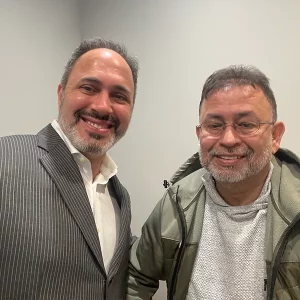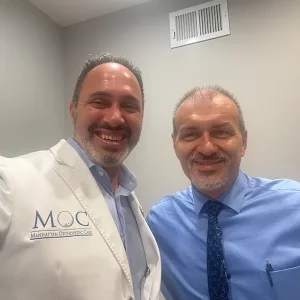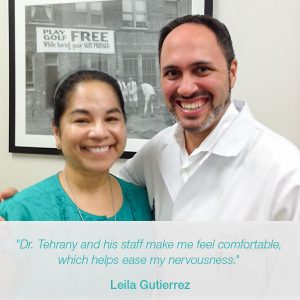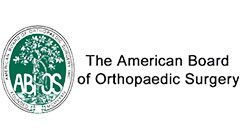Video: What to do if you’ve torn your meniscus?
What is a Meniscus Tear?
Meniscus tear is a knee condition that occurs when the meniscus, a cushion inside the knee, tears. Meniscus tears are quite common in people of all ages; however, as a result of the aging process, they become even more prevalent. According to research studies, meniscus tears occur in an estimated 40% of people 65 and older.
The tear in the meniscus can occur as a result of a fall or twist. The pain from the tear may often come along with a pop in the knee. Alternatively, the meniscus tear can occur over time due to the regular wear and tear of life. Whatever the primary cause for pain in the knee area, it is of immense importance to schedule an examination with an experienced knee doctor to determine if a meniscus tear occurred.
There are several types of doctors who are qualified to provide medical advice. The list of such professionals includes a Primary Care Doctor, Sports Medicine Doctor, Rehabilitation Doctor, General Internist, or Orthopedic Surgeon.
According to Dr. Armin Tehrany, if a person decides to go the route of an Orthopedic Surgeon, it’s best to see one with experience and knowledge with knee treatment.
Making an appointment with orthopedic doctor
A rule of thumb: making an appointment is not an agreement to go through with knee surgery. The goal of the appointment is to get a proper diagnosis, which can often be obtained from the first visit solely. More often than not, some imaging will be suggested, most likely an MRI scan, which is very accurate at picking up meniscus tears. The MRI scan is a non-invasive, pain-free procedure that allows doctors to see the organs and tissues within the human body in great detail using large, radio waves. Even with all of its abilities, there are still some shortcomings. For instance, the scan doesn’t produce results that are clear enough to distinguish between partial and complete meniscus tears in most cases. However, paired with the doctor’s physical examination of the knee and its movements as well as the symptom explanation, the MRI scan should be sufficient to come to a determination.

Who needs arthroscopic knee surgery?
The orthopedic doctor will recommend treatment based on the symptoms, age, pain level, and day-to-day activities. For example, an older patient who didn’t have any trauma and only has pain in the front of the knee, but does not experience any pain where the meniscus tear is, can usually be treated conservatively with physical therapy or a Cortisone shot to reduce the pain. While a meniscus tear does not heal itself, it is still a bearable condition, and people may continue with their everyday activities in the usual manner.
According to Dr. Tehrany, when the conservative methods fail to help the patient, then a minimally invasive arthroscopic knee surgery needs to be considered.
The arthroscopic procedure is a simple one: it consists of making two, small keyholes in the knee, placing a camera the size of a pen inside one hole and an instrument that can either trim the meniscus or sew it in the other.
It is a short and extremely safe procedure. The toughest part for most patients is the commitment to following through with the recommended physical therapy post-surgery. However, with a compassionate and devoted orthopedic doctor, the recovery process can be smooth and pleasant to go through.






























